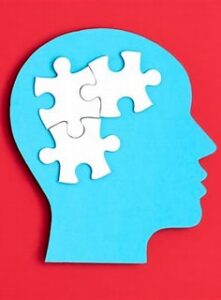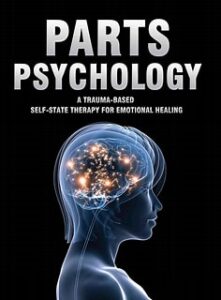WHAT IS PARTS AND MEMORY THERAPY?
What is parts and memory therapy?

Parts and memory therapy holds the assumption that some of our emotional responses to things are learned. If we can go back to these moments and take the emotions out of the memory our present emotional response isn’t as loud.
This is helpful for things like depression, anxiety, and incredibly helpful for things like PTSD. PMT also assumes that the self is not unitary, that we are comprised of different parts. It can be an inner child, it could be your depressed part, sad part, or angry part. If you want to reduce reactivity, the therapist will find that part of your personality and with that part of your personality, go back to emotions that contribute to that overall emotional response.
For example
If you had an argument 100 times, the first time you have that argument you’re going to feel a lot of emotion. All the times after that it is more of “not this again!” All the past feelings come up and amplifies that present experience. If all of those feelings have been neutralized, then it’s like engaging in this argument for the first time emotionally. Cognitively you might remember everything, but there will not be the same emotional response as there was previously.
Parts and memory therapy was developed by Jay Norix.

There are other therapies that go back to memories and neutralize or rather decrease the subjective unit of distress. EMDR does that through bilateral stimulation, it impacts the memory through taking advantage of memory reconsolidation.
When we remember something, our neural synapses open up and after about five hours it reconsolidates. While remembering something, you are actually remembering the last time you remembered it. Because this activation and reconsolidation is happening on its own therapists can take advantage of that and take the emotions out of that memory.
When it comes to trauma therapy

There’s a misconception that it has to be weeks, months, or years. That it’s a long process, although it can be particularly if there’s a lot of moments of trauma. But also, there’s this approach of memory reconsolidation and taking advantage of that through parts of memory therapy, where something that was an 8 out of 10 or would contribute to panic attacks is now like a history book.
Something that happened before but is now void of emotion.
This can be done in one session; however, it takes a little bit to get to that place therapists don’t generally start the first session there. PMT can be done quickly, and multiple memories can be done in one session.
EMDR is something that’s similar in the sense that it takes advantage of memory reconsolidation, but it has a different mechanism of change. EMDR doesn’t share the assumption that the self is not unitary, it does not assume that we have different parts to our personality.
If you’re interested in this approach and you’re in Nevada, there’s tons of therapists in Nevada that can do this approach.


